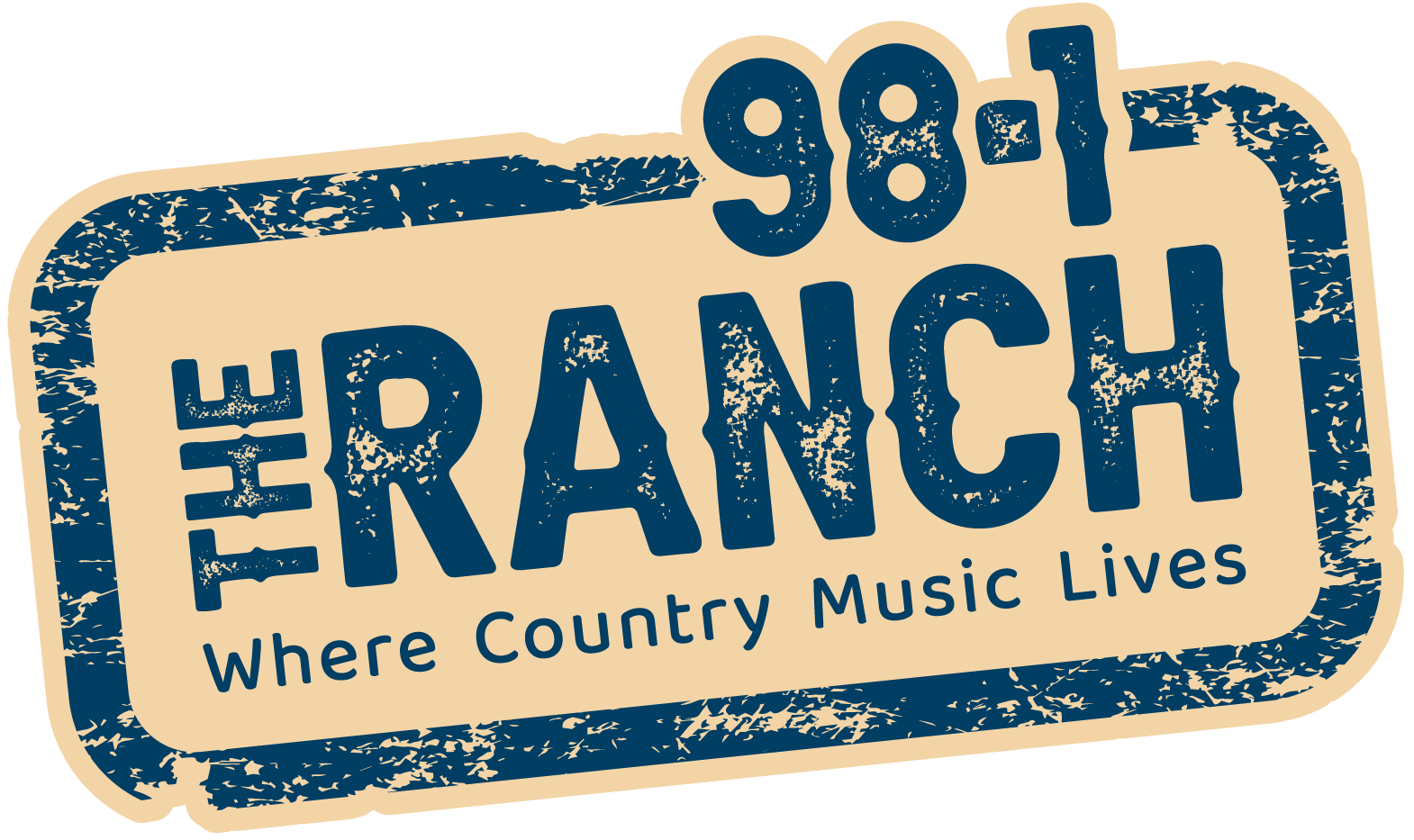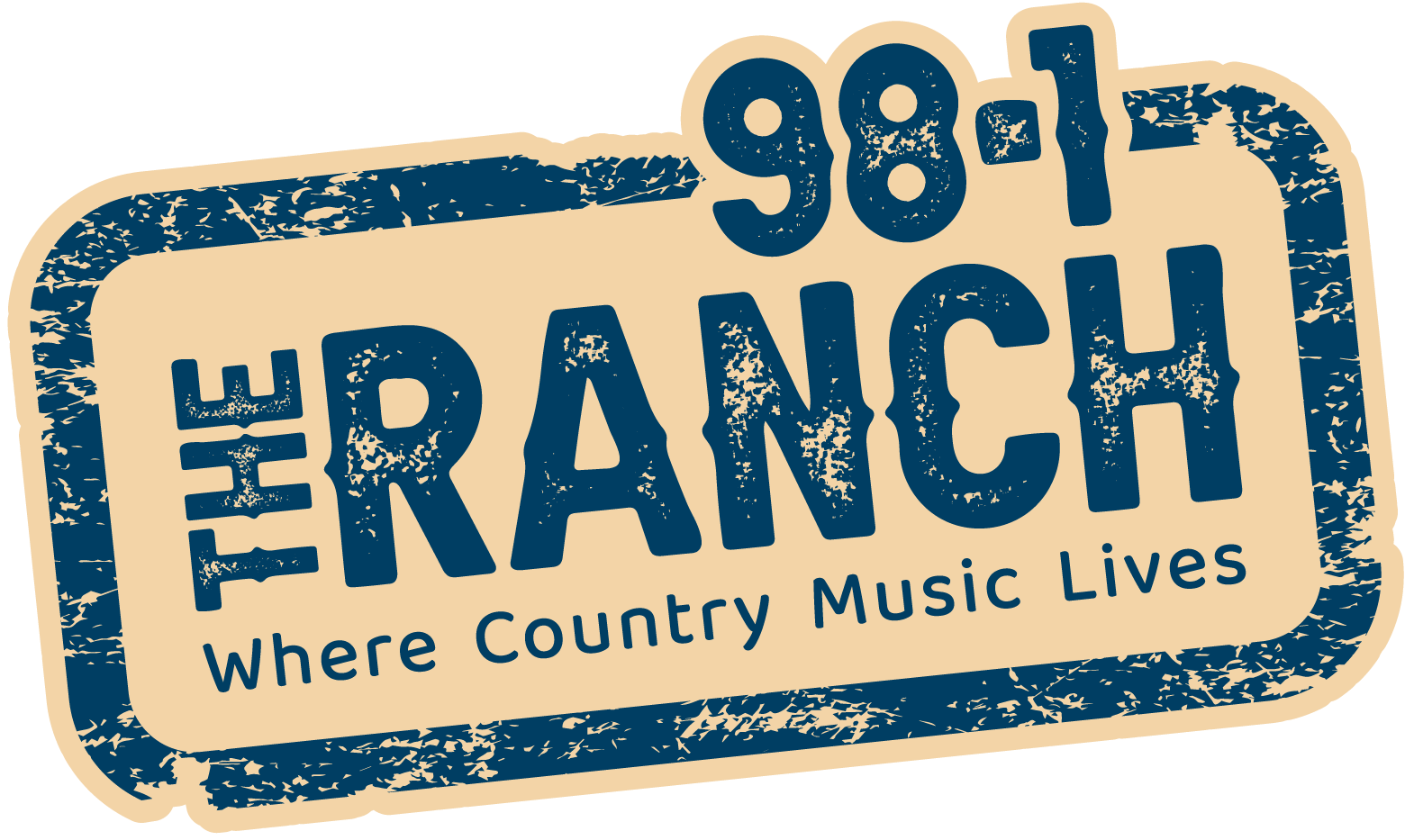Alberta is at risk of severe droughts this year, especially in southern Alberta. Recent snowfall has helped, but the province’s winter snowpack remains below average, many rivers are lower than normal and multiple reservoirs are below capacity.
To help, 38 of the largest and oldest water licensees in southern Alberta have voluntarily agreed to reduce the water they use if severe drought conditions develop this spring or summer.
Joel Sanchez, the City of Lethbridge’s director of Infrastructure Services says, water-sharing agreements are now in place between the City of Lethbridge, the City of Medicine Hat, Lethbridge County and the Lethbridge North Irrigation District. Lethbridge is a regional provider of water. “These agreements are the first time they’re being put together in order to have a proactive measure.”
“The four of us are part of the signatory entities of this agreement we are committing to,” adds Sanchez. Lethbridge is part of the South Saskatchewan River Basin and the Oldman Reservoir.
With the implementation of the water-sharing agreements, Sanchez notes, this ensures the municipalities work together. “We’re all aiming to reduce water consumption.”
Sanchez says the commitment stated in the water-sharing agreement is the reduction of 10 per cent of annual consumption during the summer months between May and September. “All the participating municipalities will be 10 per cent. The irrigation district is using whatever is left, but they have already announced they will reduce their allocation to farmers. I believe it is close to half of what they typically get in a normal year.”
Snowpack measurements will be available at the end of April, says Sanchez. “That is when we collectively are going to work together to decide if we activate the agreements.”
“Once the agreements are activated, we will move to Stage One and that could happen as soon as the beginning of May,” adds Sanchez.
According to Sanchez, there are two elements in place, with the first one being a water conservation plan with different measures, “we are going to be developing and presenting to residents and customers.”
Stage One measures implemented will be voluntary, as the City will ask residents to utilize xeriscaping, use rain barrels, take shorter showers and do anything they can do to reduce water consumption.
“Stage One, if we move there, we are going to limit outdoor irrigation to one day per week for residents. They could do up to two hours one day per week,” says Sanchez. “As we move through the stages, Stage Two now reduces that to one hour.”
Stage Two measures could include a regulatory rationing plan and could be enforced by a bylaw already in place. “We are going to be coming to City council in a couple of weeks to do a fine tune or small changes into those sections of the bylaw,” says Sanchez. “There definitely will be an element we could enforce if need be.”
“Stage three is no outdoor irrigation. At this point, we are not there yet. We are just asking people to do the voluntary measures, but we could be moving into the regulatory framework sometime in May,” adds Sanchez.
If there are water restrictions within the city, Sanchez notes, other municipalities within the agreement will have to mimic those water restrictions. “The main thing is we really want to do outreach and education.”
Lethbridge Mayor Blaine Hyggen says the City thanks the province for spearheading the water-sharing agreements. “The agreements are the culmination of time, effort and collaboration between many stakeholders.”
“The City is proud to be involved in this important work. We will continue working with our regional water partners, and the province, to ensure this vital resource is used efficiently and responsibly,” adds Hyggen.
There are five triggers that will be considered when deciding if an agreement needs to be activated. They include snowpack and moisture data; final decisions by Irrigation Districts on water allocations per acre; reservoir levels, river flows and expected seven-day precipitation forecasts; water demand; and local challenges or issues.






